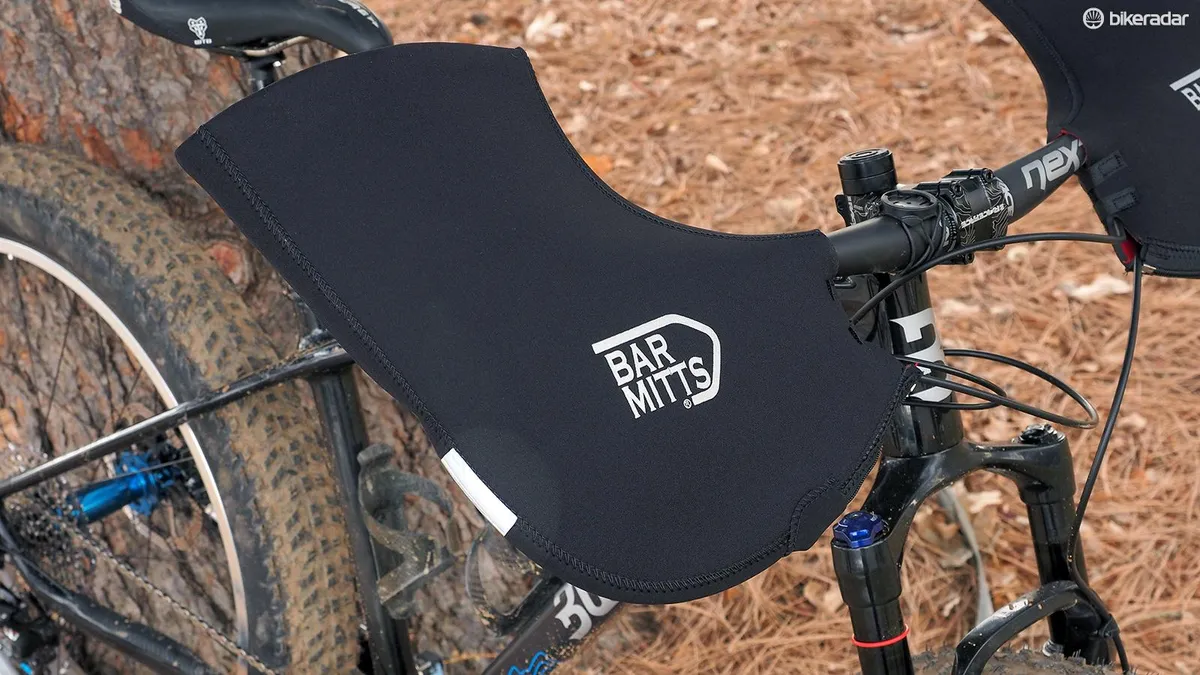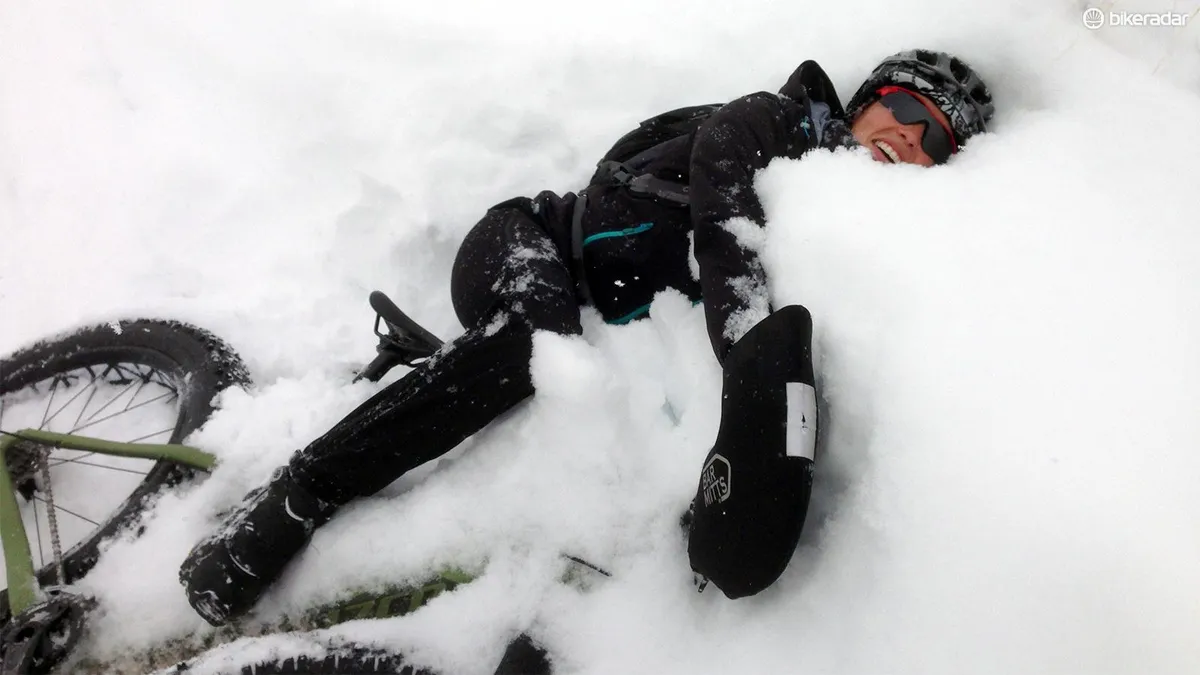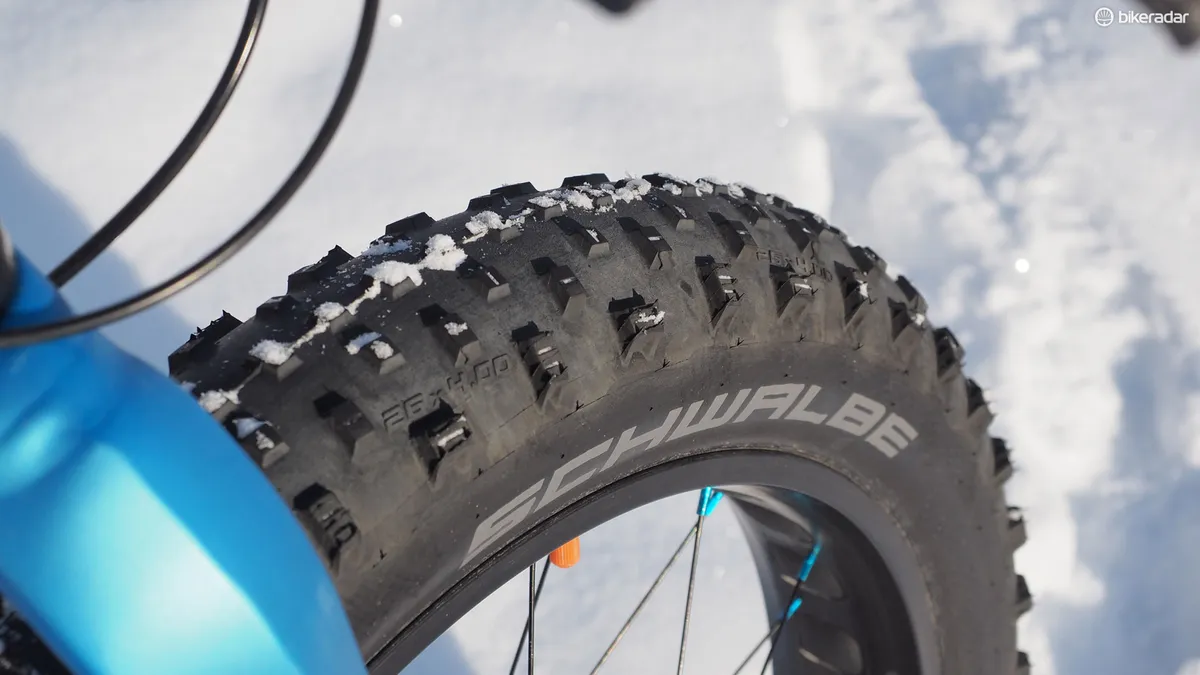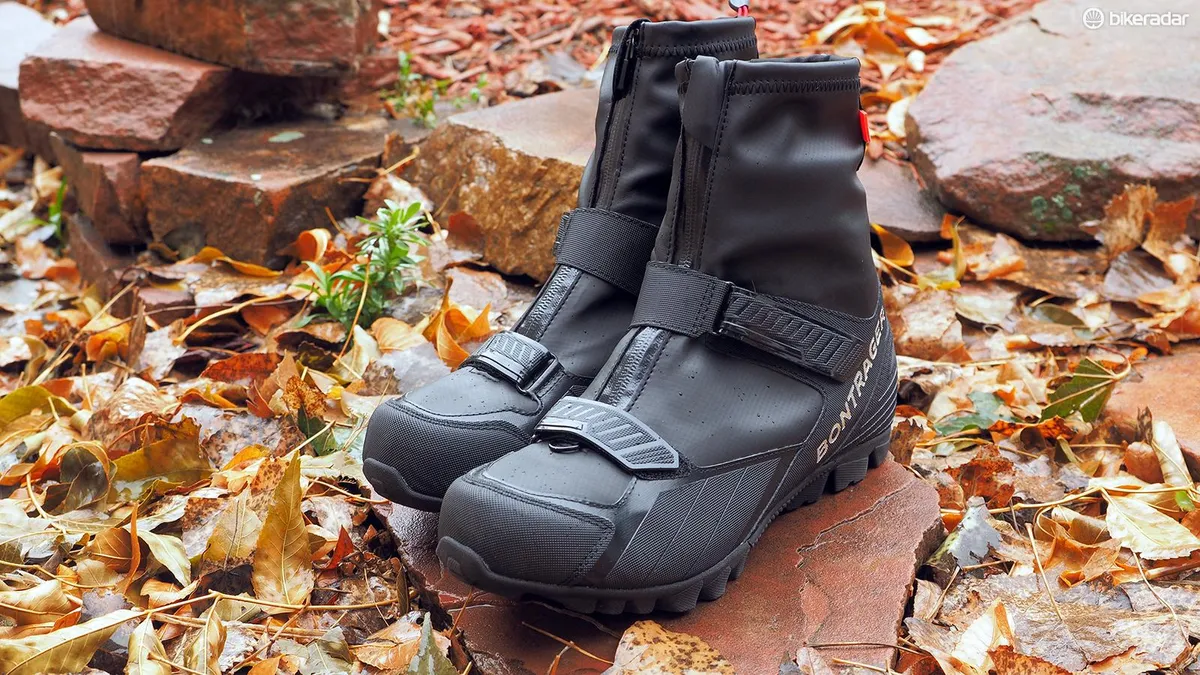The sun may be setting earlier and the air may be getting colder but that doesn’t mean you’re relegated to only riding indoors or on weekends. Winter isn’t a season to be fought tooth and nail; it’s another season just like summer, spring, and autumn, and there’s no reason it can’t be as enjoyable with the right approach.
Bring your own sun
Dealing with the darkness is the easiest of the problems to fix: get some lights! Granted, riding at night isn’t always the smartest or safest thing to do on heavily trafficked roads but you might be surprised by just how much fun it can be on dirt.
Twenty years ago, my work and class schedule meant I did the vast majority of my trail riding in darkness. As did many of my riding buddies at the time, I used a then state-of-the-art single Niterider 15-watt halogen lamp to light the way. The output was laughably feeble by modern standards, the beam pattern sucked, the bulbs would occasionally blow out, and the 90-minute run time prompted me to carry two battery packs.

In contrast, today’s LED lighting technology has become incredibly advanced with higher outputs, longer run times, lower weights, and better beam patterns than ever before. Sure, many top-end models are obscenely expensive (and insanely bright) but keep in mind that a much more reasonably priced model might suit your needs just fine.
For example, Bontrager’s Ion 700 R costs just £90 / US$120 / €115 but packs 700 lumens into a compact body that weighs less than 150g. Claimed run time is a reasonable 105 minutes on the highest setting, too, giving you plenty of time to play outside and wash away the stresses of the day.
Regardless of which model you choose, consider mounting it on your helmet to make the most of whatever power you have available and bring a cheap back up just in case something goes awry.
A good lighting set up will free you from the restrictions of daylight and extend the window of riding time to 24 hours a day. Two decades have passed since those blissful seasons of after-work night time trail sessions with friends and they’re still some of the most fun and memorable times I’ve ever had.
Bundle up
Of course, the amount of available daylight is only one part of the problem; those shorter days also mean colder temperatures. I spent many of my formative cycling years in the frozen tundra of Michigan, situated squarely in the middle of the Midwestern US snow belt. Suffice to say, it was plenty cold and the weather oftentimes truly sucked for riding, but like many others, we did it anyway.
Just like shorter daylight hours, the cold is just another challenge and the solutions don’t have to be expensive. I moved to Michigan for college and naturally, money was tight. Fancy Italian clothing was always on my wish list but the reality was that mail order outfits with in-house clothing brands simply offered much better value (even if the fit sometimes wasn’t exactly spot-on). Decent winter tights can be had for less than £80 / US$100 and if you buy ones without a built-in chamois, you can wear the same pair multiple times before having to toss them in the wash.
Also remember that cold-weather gear specifically made for cycling often prioritizes a trim fit over outright insulation, so consider looking elsewhere. Cross-country ski clothing can work well and can often be found secondhand at swap meets, and heavyweight ski gloves generally pack far more warmth than anything targeted at cyclists. I’ve even used cheap waterproof running pants in the past, which are reasonably effective at blocking frigid air and tire spray while leaving more room for layers. And if it’s truly bone chilling, think about donning a ski or snowboard helmet and winter goggles.

Likewise, even the most expensive winter-specific cycling shoes don’t always pack enough insulation to keep your feet sufficiently warm during deep winter months. Alternatively, toss on some heavy wool socks, lace up your favorite hiking boots (preferably ones with waterproof exteriors), and use flat pedals with aggressive cages. It might not feel as ‘connected’ as a good clipless set up, but it’s a major improvement over frostbite.
One item I would strongly recommend no matter what are Bar Mitts (or similar products from 45NRTH, Wolf Tooth Components, and others). Instead of wrapping your hands directly, these encase the entire grip area of your handlebars, forming a cozy pocket of warmth that absolutely can’t be beat. I’ve used these well below freezing with surprisingly light gloves but my fingers still stay comfortable — plus there’s the added bonus of excellent bar feel and enhanced control.
No matter how you decide to go with clothing, don’t forget about breathability. All the insulation in the world won’t help if you soak yourself from the inside out. At the very least, try to find stuff with lots of vents and zippers, or bring a pack that will let you shed bulky layers as you build up heat.
Go fat
I left Michigan more than a decade ago and back then, trail riding was pretty much off the table once the snow really started falling. Fat bike options were limited to pricey custom builders but it’s an entirely different story today with decent models on shop floors for surprisingly little money. Much as lights extend your available riding time to 24 hours a day, fat bikes can potentially extend your riding season to 12 months a year — something almost no other product can do regardless of cost.
Fat bikes don’t have to be about low weights, the fanciest and latest components, or trick carbon, either. The primary goal is simply being able to ride when it otherwise wouldn’t be possible. In this case, the biggest factors are tire footprint and tread, with bigger contact patches and more aggressive patterns generally offer better capabilities in snow.

In essence, all you really care about is whether or not you can roll across the ground at all and if you can satisfy that goal, you’re already winning. Everything else is gravy.
Road riders have greater challenges when it comes to snow and ice (and greater dangers) but there are still a few things you can do to improve your chances. Just like with fat bikes, lower tire pressures and larger tire volumes can have big effects on footprint size and, thus, traction. In addition, go for tires made with softer rubber compounds and fine tread patterns that can potentially deliver more biting edges to the asphalt and are less likely to hydroplane.
Full fenders will also make road riding in winter conditions more pleasant in general (and also help keep you warm by keeping you dry).
Keep it fun
Save for a small minority, winter is not the time to be putting in big miles, working on your power threshold, or chasing Strava KOMs. The most important thing to remember here is to keep it fun and enjoy the fact that you’re happily riding outdoors while your buddies are sweating to the oldies in their garages and basements.

Get out there and pedal but don’t lose sight of the fact that winter is supposed to be down time. Take a minute to look around, enjoy the scenery and spend a few extra moments to chat with friends. Relish the fact that you’re maintaining fitness to some degree but above all, have a good time.
Gear up for your best winter ever
There’s nothing you can do to stop the march of wintertime weather. What you can do, however, is figure out how to adapt to suit instead of just giving in. Indoor stationary trainers are better than they’ve ever been but if it’s all the same to you, I’d much rather freeze outside.



